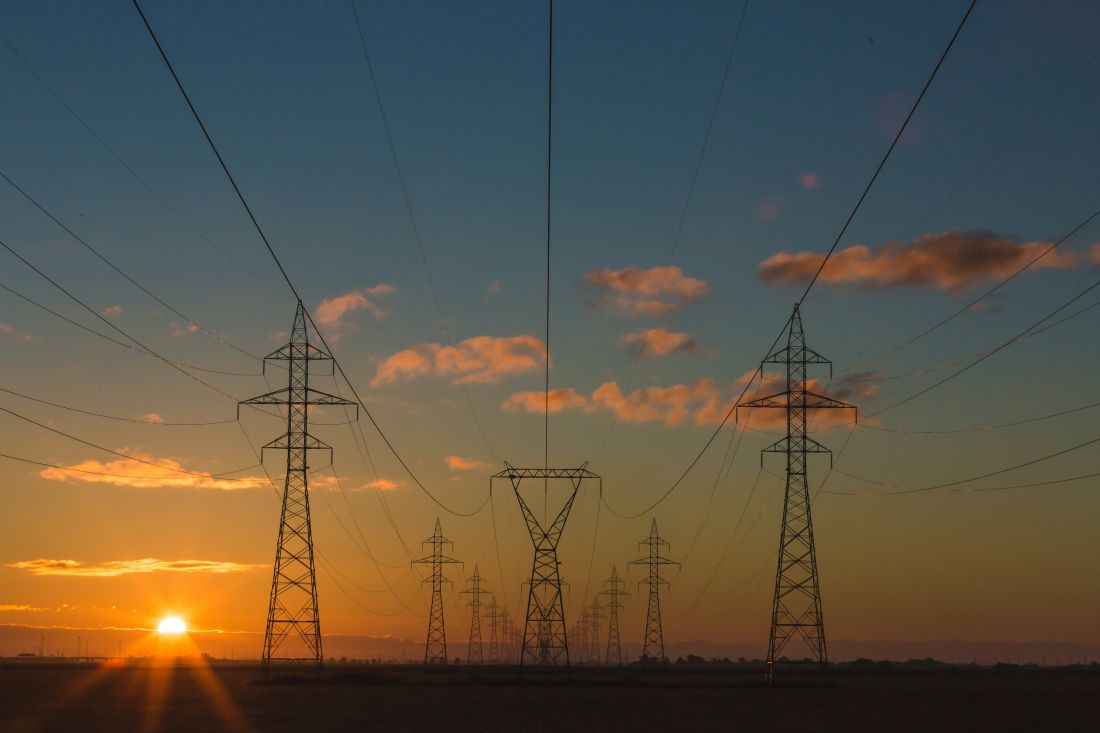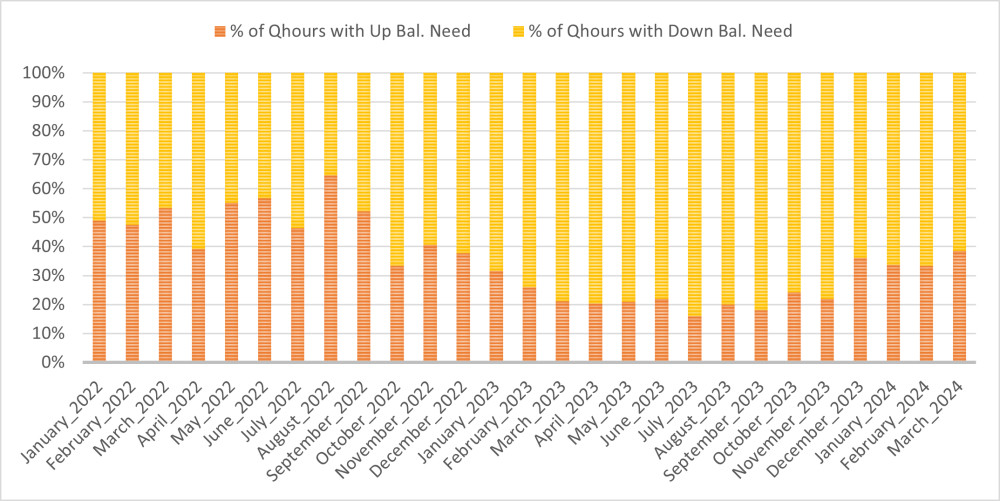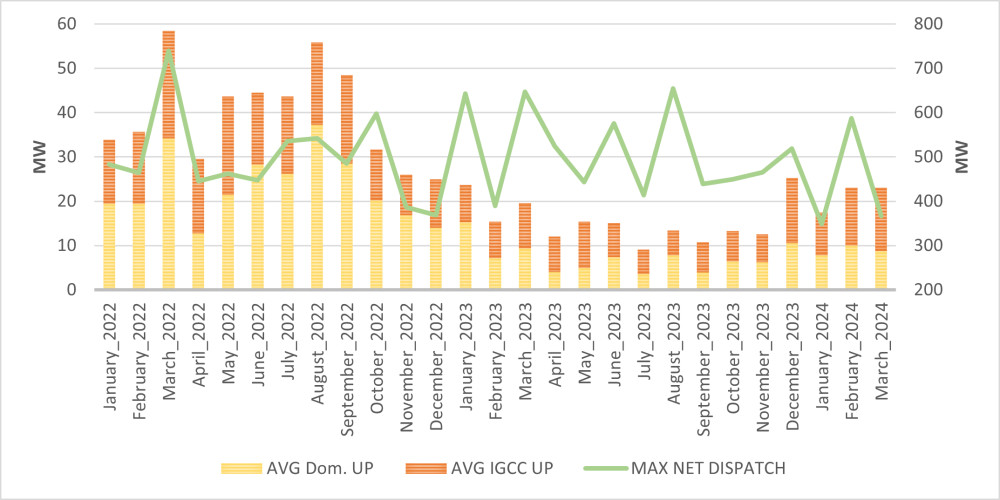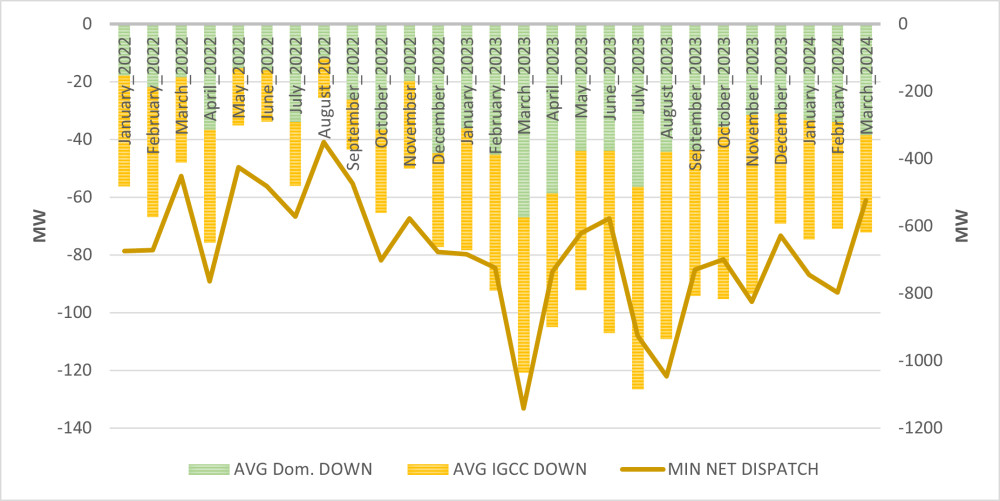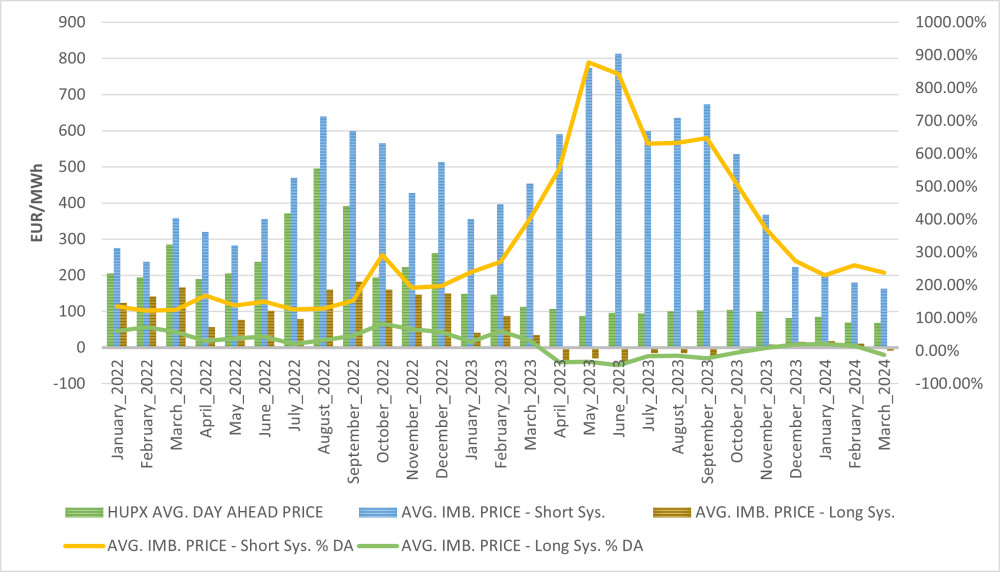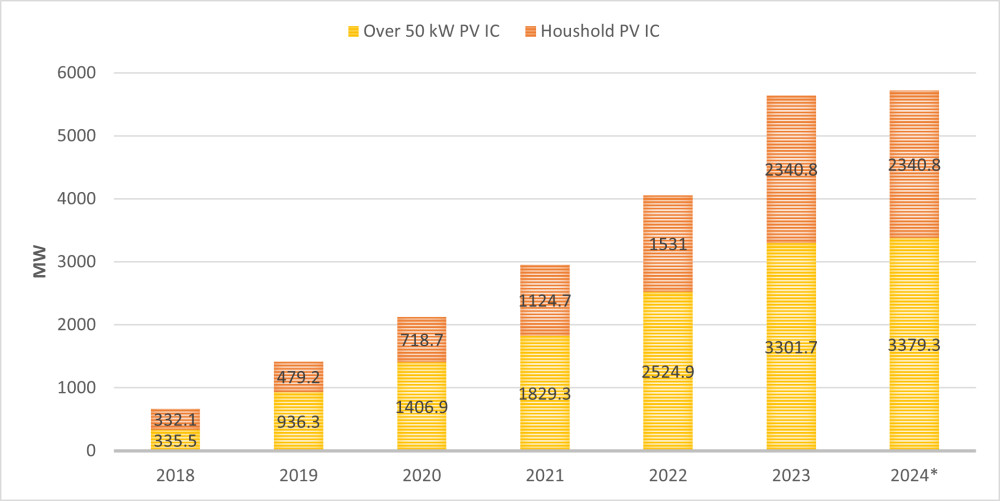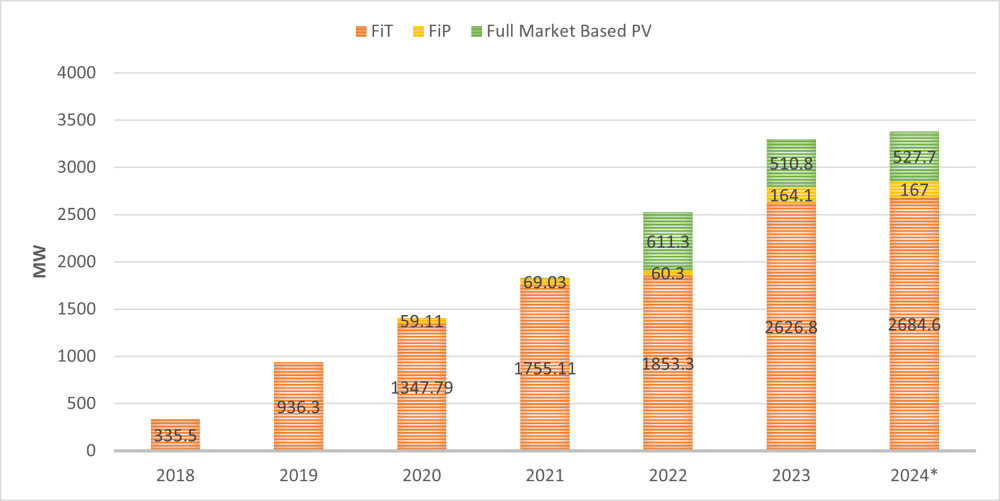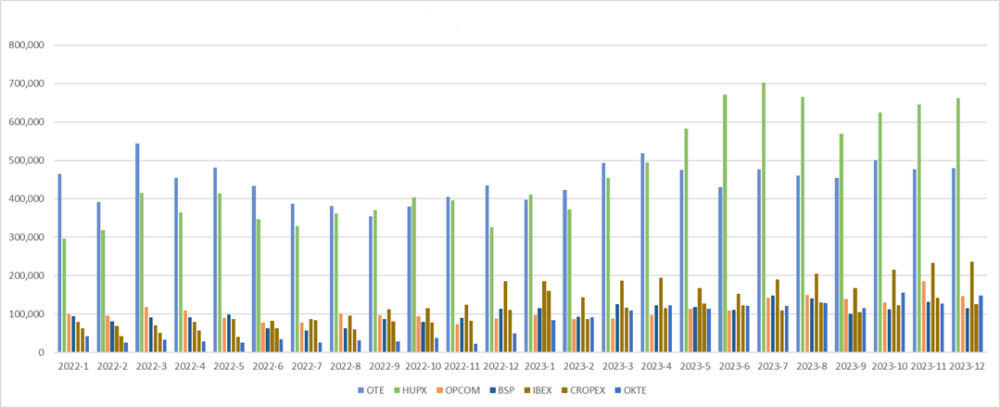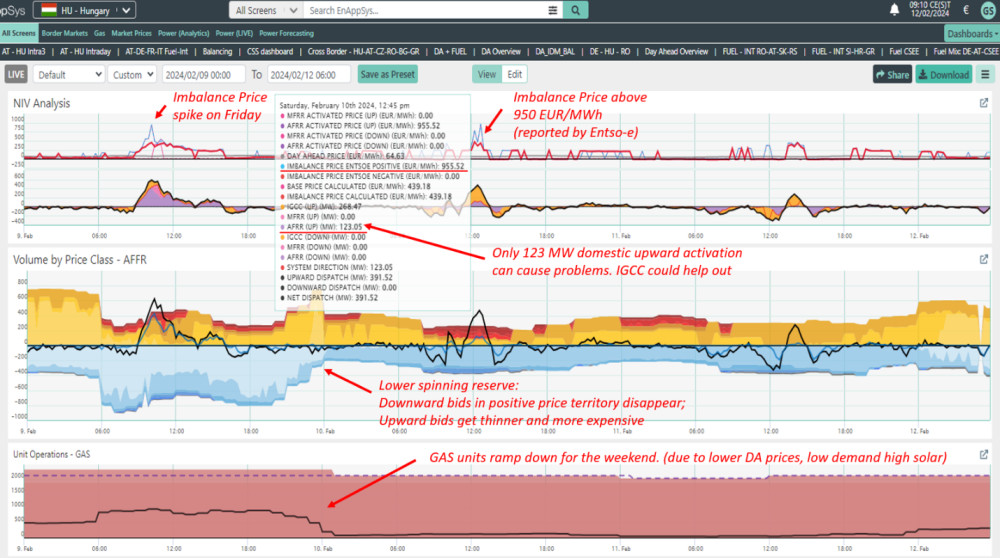As of Q3 2023, it became obvious that something had to be changed on a regulatory level to encourage competition on energy fee tenders for upward activation. It is also required to protect industrial end customers who bear the cost of imbalance prices.
Two significant changes followed:
Firstly, the Energy Regulator (Hungarian Energy and Public Utility Regulatory Authority) announced a price cap for upward aFRR/mFRR energy fee bids.
The price is practically a clean-spark-spread based solution, which makes it far more resilient to market shocks than the previous fixed price cap. It also only applies if the market is considered 'concentrated' by the HHI index, which is measured quarter hourly.
Secondly, MAVIR introduced an incremental bidding option for the energy fee tenders.
This means that if a unit operator wanted to submit bids for a 200 MW unit, they could bid 200 different prices for each 1 MW. The same goes for Virtual Power Plant operators.
In the previous system, there were only block or unit based options. In the previous example, one price bid would be accepted for the whole 200 MW energy fee for up or downward activation.
The results of this new system are visible on the charts above. Price caps seem to have worked, along with the increased competition thanks to the more efficient tender procedure. The shares of long quarter hours also reduced, even if this is not yet balanced back close to the desired 50-50%.
The heating season effect should not be neglected either. Currently, gas generation units can sell the steam (’heat’) from their activities, creating far better cost structures to compete on the balancing market as well.
Renewable generation is of course weaker during heating season too, leading to higher DA prices and greater availability of spinning reserves.
However, as soon as February there were weekends where some gas units ramped down, or even stopped for 2-3 days. Around these periods the system was vulnerable again - which resulted in high imbalance prices as shown in the screenshot of the Montel Analytics EnAppSys platform below:

